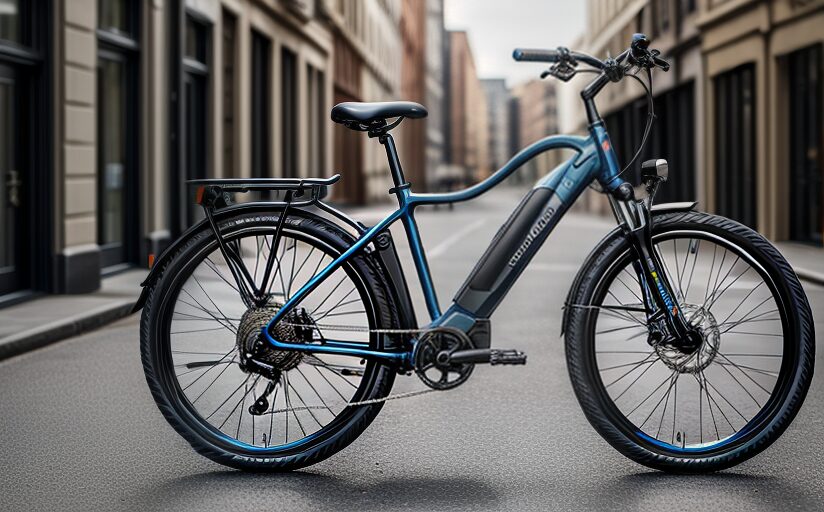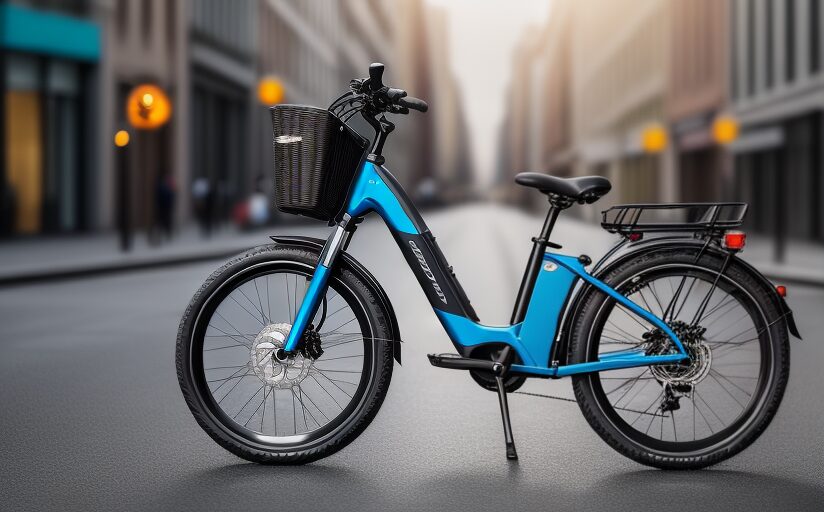E-Bike Buying Guide: A Beginner’s Guide to Choosing an E-Bike

The electric bike market offers a wide array of choices, and selecting the ideal ebike involves understanding various components and designs. Factors such as motor placement, power, battery capacity, range, sensors, and braking capabilities are crucial in the decision-making process. This guide aims to equip potential buyers with the knowledge necessary to make a well-informed selection and find an ebike that meets their needs.
Understanding Electric Bike Classifications
In the United States, electric bikes are categorized into three classes based on motor power and the type of assistance provided. These classifications influence where ebikes can be used, and all three classes have a power limit of 750W. Specific state laws may vary, affecting the usage of different ebike classes.
Engaging the Motor: Throttle vs. Pedal Assistance
Ebike motors can be activated through a throttle system or a pedal assistance system (PAS). The PAS requires pedaling to engage the motor, while a throttle does not. Most non-US brand ebikes lack throttles due to regulations in the EU and UK.
Breaking Down the Classes
- Class 1: These ebikes only offer PAS and cap at a maximum speed of 20 mph. They are the most common and do not have throttle capabilities.
- Class 2: Similar to Class 1 but with the addition of a throttle, also limited to 20 mph.
- Class 3: The fastest category, offering PAS and optional throttle, with a top speed of 28 mph from PAS and 20 mph from the throttle.
Varieties of Electric Bikes
The electric bike industry has expanded to include a diverse range of styles, such as city/commuter, fat tire, folding, mountain, cruiser, cargo, road, and gravel bikes. Each type is designed with specific characteristics to cater to different riding needs and preferences.
Key Features of Popular Electric Bike Types
- City/Commuter: These are known for comfort and practicality in urban environments, typically priced between $1,000 and $4,000.
- Fat Tire: Recognizable by their wide tires, fat tire ebikes are versatile and can handle various terrains, but they may be heavy and less efficient.
- Mountain: These ebikes enhance accessibility to mountainous trails for those with limited fitness, with prices ranging significantly based on performance capabilities.
- Road/Gravel: Designed for extended rides and new adventures, these high-performance bikes often come with a higher price tag.
- Cargo: Cargo ebikes have seen increased capabilities and appeal, acting as a potential car substitute for carrying heavy loads.
- Cruiser: Known for their comfort and relaxed ride quality, cruiser ebikes are often chosen for leisurely commutes.
- Folding: Ideal for those with limited storage space or who combine biking with public transportation, folding ebikes offer convenience at the cost of some power and comfort.
Considering Used Electric Bikes
For budget-conscious buyers, the second-hand market can provide affordable options without sacrificing quality.
Key Components to Consider
Choosing an electric bike involves understanding motor types, battery capacity, and range. The complexity of ebike electronics and their integration with other components makes it essential to have a basic grasp of these elements.
Motor Types and Power Ratings
Hub-drive and mid-drive motors each have their pros and cons, with hub motors being more affordable and mid-drives offering a more natural ride. Power and torque ratings provide insight into an ebike’s performance, but these ratings are not standardized across manufacturers.
Battery Capacity and Range
Battery capacity is measured in amp-hours (Ah), voltage (V), and watt-hours (Wh). However, capacity and range are not directly proportional, as factors like motor efficiency, riding conditions, and rider weight influence the actual range.
Additional Components for Convenience
For those using ebikes as transportation, components such as battery-powered lights, pannier racks, fenders, and security features can enhance the riding experience.
Price Considerations and Quality Expectations
Electric bikes can vary greatly in price, from $500 to $15,000. The level of components and overall quality typically improve with price, while more affordable ebikes may encounter more issues. Price ranges can be broken down to reflect what buyers can expect at different budget levels.
Top Electric Bike Brands
The best electric bike brands balance quality, affordability, customer service, and warranties. While some newer brands have gained popularity with direct-to-consumer models, traditional cycling brands continue to offer advanced high-performance ebikes.
Buying and Owning an Electric Bike
Purchasing an ebike involves considering assembly options, maintenance and repair needs, and return policies. Buyers should weigh the differences between buying from local shops versus online retailers, with each offering unique advantages and drawbacks.
Where to Purchase an Electric Bike
Options for buying an ebike include local dealers, department stores, online retailers, or second-hand marketplaces. Each avenue has its own set of considerations regarding service, selection, and convenience.

